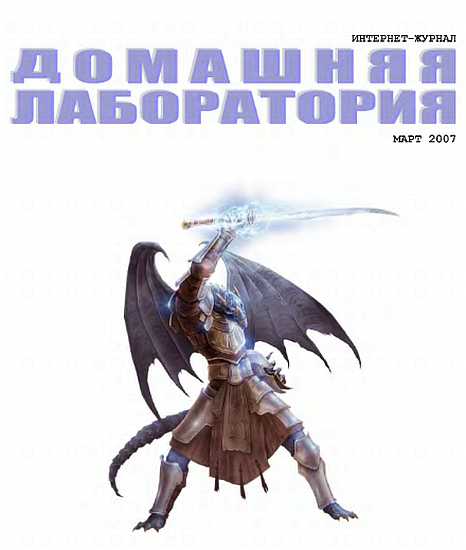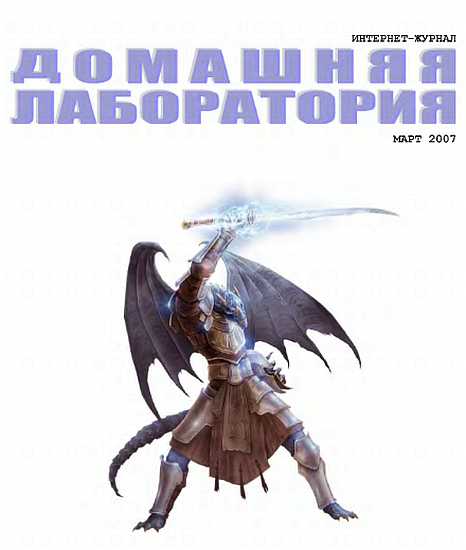If we give the soda can a charge of electrons, they will all try to get as far away from one another as possible. This has the effect of making all the electrons crowd to the outside of the can. Any electron on the inside of the can will feel the push from all the other electrons, and will move. But the electrons on the outside feel the push from the can, but they do not feel any push from the air around the can, which is not charged.
This means that we can put electrons on the inside of the can, and they will be pulled away to the outside.
We can keep adding as many electrons as we like to the inside of the can, and they will always be pulled to the outside.
Putting all three tricks together
So now let's look at the Van de Graaff generator with our three tricks in mind.
The motor moves the rubber band around and around. The rubber band loops over the glass tube and steals the electrons from the glass.
The rubber band is much bigger than the glass tube. The electrons stolen from the glass are distributed across the whole rubber band.
The glass, on the other hand, is small. The negative charges that are spead out over the rubber band are weak, compared to the positive charges that are all concentrated on the little glass tube.
The strong positive charge on the glass attracts the electrons in the wire on the top brush. These electrons spray from the sharp points in the brush, and charge the air. The air is repelled from the wire, and attracted to the glass.
But the charged air can't get to the glass, because the rubber band is in the way. The charged air molecules hit the rubber, and transfer the electrons to it.
The rubber band travels down to the bottom brush. The electrons in the rubber push on the electrons in the wire of the bottom brush. The electrons are pushed out of the wire, and into whatever large object we have attached to the end of the wire, such as the earth, or a person.
The sharp points of the bottom brush are now positive, and they pull the electrons off of any air molecules that touch them. These positively charged air molecules are repelled by the positively charged wire, and attracted to the electrons on the rubber band. When they hit the rubber, they get their electrons back, and the rubber and the air both lose their charge.
The rubber band is now ready to go back up and steal more electrons from the glass tube.
The top brush is connected to the inside of the soda can. It is positively charged, and so attracts electrons from the can. The positive charges in the can move away from one another (they are the same charge, so they repel, just like electrons). The positive charges collect on the outside of the can, leaving the neutral atoms of the can on the inside, where they are always ready to donate more electrons.
The effect is to transfer electrons from the soda can into the ground, using the rubber band like a conveyor belt. It doesn't take very long for the soda can to lose so many electrons that it becomes 12,000 volts more positive than the ground.
When the can gets very positive, it eventually has enough charge to steal electrons from the air molecules that hit the can. This happens most at any sharp points on the can. If the can were a perfect sphere, it would be able to reach a higher voltage, since there would be no places where the charge was more concentrated than anywhere else.
If the sphere were larger, an even higher voltage could be reached before it started stealing electrons from the air, because a larger sphere is not as "sharp" as a smaller one.
The places on our soda can where the curves are the sharpest are where the charge accumulates the most, and where the electrons are stolen from the air.
Air ionizes in an electric field of about 25,000 volts per inch. Ionized air conducts electricity like a wire does. You can see the ionized air conducting electricity, because it gets so hot it emits light. It is what we call a spark.
Since our generator can draw sparks that are about a half inch long, we know we are generating about 12,500 volts.
Troubleshooting
If you aren't detecting any high voltage (no sparks, doesn't attract hair or paper) then you might try some of these suggestions.
��Try a different type of rubber band. Some are slightly conductive, which at 12,000 volts means conductive enough to leak all the current you have so carefully built up. Have a supply of many different types of rubber band to try.
��Make sure everything is very clean. Dirt and grease can be slightly conductive, and that will be enough to make the device fail.
��Make sure the top brush is touching the metal of the can.
Some cans have a plastic coating inside. Scrape it off (or burn it off) to make a better connection.
��Make sure there are no sharp points extending outside the can. It is OK to have sharp points pointing inside the can, from the cut part of the top. Sharp points cause corona losses.
��Make sure the brushes are not touching the rubber band. This will put a coating of copper on the rubber, and make it conductive.
��Make sure you have a good ground connection.





